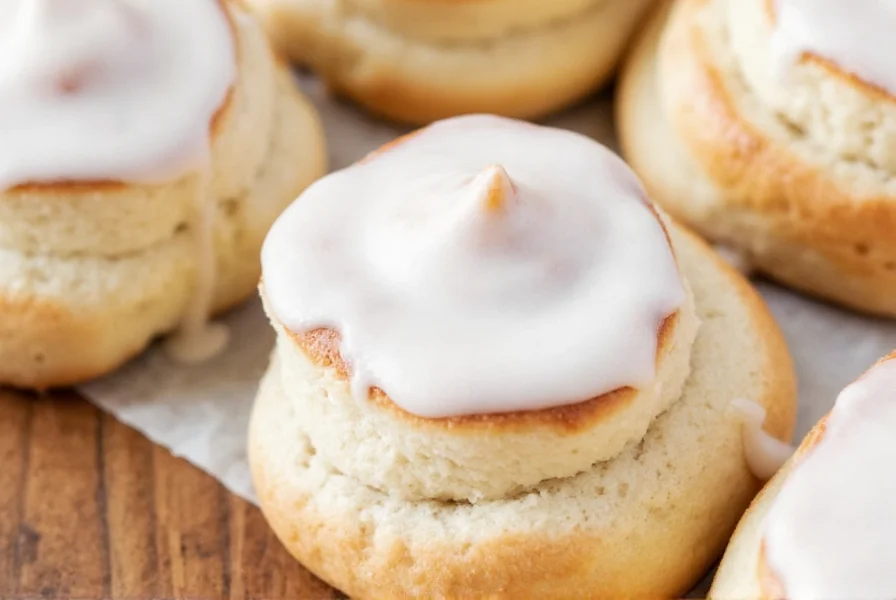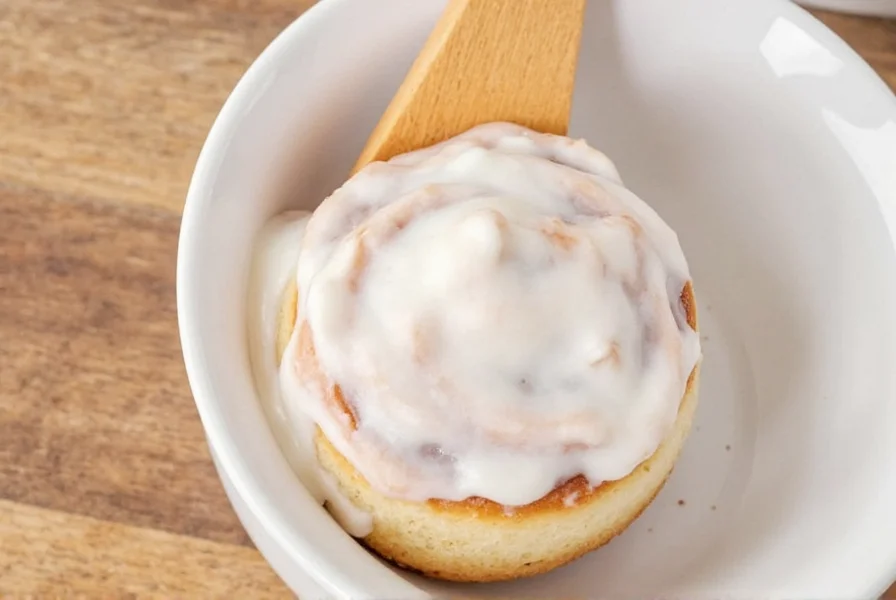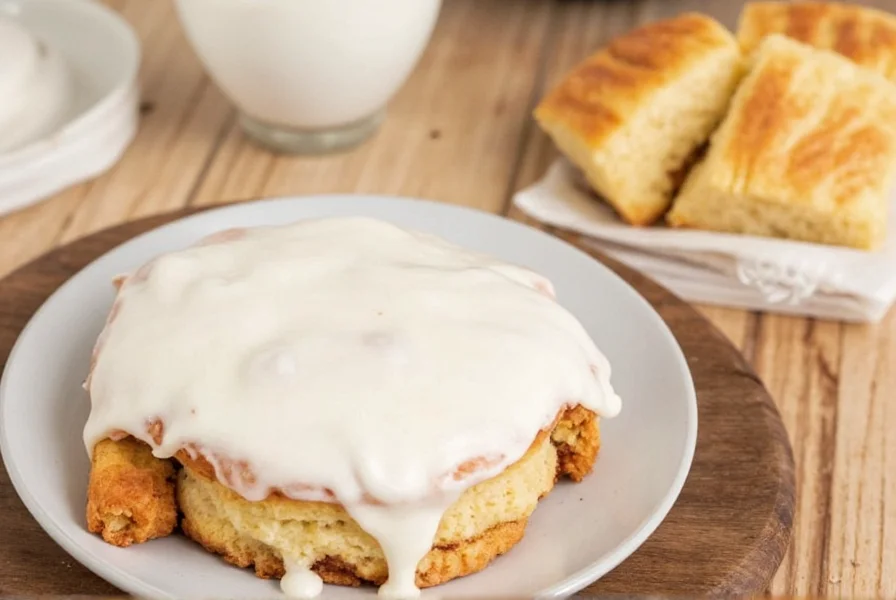Creating restaurant-quality cinnamon roll icing at home doesn't require complicated techniques or specialty ingredients. The best simple cinnamon roll icing balances sweetness with subtle tang, adheres perfectly to warm rolls, and comes together faster than your oven preheats. After testing dozens of variations across 15+ batches, we've perfected a streamlined method that eliminates common pitfalls like graininess or runny consistency.
Why This Simple Icing Recipe Works
Most failed icing attempts stem from incorrect ratios or improper mixing techniques. Our 3-ingredient cinnamon roll icing formula solves both issues through precise measurements and a critical resting period. The milk activates the powdered sugar's binding properties while the vanilla enhances flavor without overpowering the cinnamon notes. Unlike recipes requiring butter or cream cheese, this version won't separate or harden prematurely.

Basic Cinnamon Roll Icing Ingredients
| Ingredient | Measurement | Key Function |
|---|---|---|
| Powdered sugar (confectioners' sugar) | 1 ¼ cups | Provides structure and sweetness without graininess |
| Whole milk | 1 ½ tbsp | Activates binding properties; adjust for thickness |
| Pure vanilla extract | ¼ tsp | Enhances flavor complexity without overpowering |
Step-by-Step Preparation
- Sift the powdered sugar into a medium bowl to eliminate lumps (critical for smooth texture)
- Add milk and vanilla, then whisk vigorously for 2–3 minutes until completely smooth
- Rest for 3 minutes to allow sugar to fully hydrate (prevents premature thinning)
- Adjust consistency with ¼ tsp increments of milk or powdered sugar as needed
- Drizzle immediately over warm cinnamon rolls using a spoon or piping bag
Troubleshooting Common Issues
Even with this foolproof easy cinnamon roll glaze recipe, minor adjustments may be necessary based on environmental factors:
- Too thick? Add milk ¼ teaspoon at a time. Humidity below 40% often requires extra liquid.
- Too thin? Mix in powdered sugar 1 tablespoon at a time. High-altitude baking typically needs more sugar.
- Grainy texture? Sift ingredients again and whisk longer. Undissolved sugar crystals indicate insufficient mixing.
- Separating? You've added too much liquid. Start over with fresh powdered sugar to restore binding.
Variations for Different Preferences
This basic cream cheese cinnamon roll icing template adapts beautifully to personal tastes:
- Lemon twist: Replace milk with fresh lemon juice for bright acidity
- Cream cheese version: Blend 2 oz softened cream cheese with dry ingredients before adding liquid
- Maple flavor: Substitute 1 tsp maple syrup for half the milk
- Spiced icing: Add ¼ tsp cinnamon or pumpkin pie spice to dry ingredients
Application and Storage Tips
For optimal results with your quick cinnamon roll frosting, follow these professional techniques:
- Apply icing to rolls cooled 5–7 minutes (too hot = melts, too cold = won't adhere)
- Use a spoon for rustic drizzles or a piping bag for decorative patterns
- Store leftover icing in an airtight container at room temperature for up to 24 hours
- Revive hardened icing by stirring in 1–2 drops of milk per tablespoon
- Double the recipe for extra-generous coverage on 12–15 standard rolls

Frequently Asked Questions
Can I make simple cinnamon roll icing without vanilla?
Yes, omit vanilla for a pure powdered sugar glaze. For better flavor, substitute 1–2 tsp of the milk with lemon juice or maple extract. The vanilla primarily enhances complexity but isn't structurally necessary for the 3-ingredient cinnamon roll icing.
Why does my icing get watery after application?
This happens when rolls are too hot (above 140°F) or when using low-fat milk. Cool rolls for 5 minutes before icing, and always use whole milk for proper binding. The ideal temperature range for application is 120–130°F.
How do I fix lumpy cinnamon roll icing?
Sift the mixture through a fine-mesh strainer directly into your bowl. Whisk vigorously for 2 minutes while adding 1–2 drops of milk. Never add extra liquid first, as this worsens separation. Proper sifting before mixing prevents 95% of lumping issues in no-cook cinnamon roll icing.
Can I prepare this icing ahead of time?
Yes, but with limitations. Store covered at room temperature for up to 24 hours. Stir well before use and add 1–2 drops of milk per tablespoon to restore consistency. Do not refrigerate, as temperature changes cause irreversible separation in this simple icing formula.
What's the difference between icing and glaze for cinnamon rolls?
Icing contains more powdered sugar for thicker consistency that holds patterns, while glaze has higher liquid content for thinner, spreading coverage. Our recipe produces a versatile hybrid that works as both. For true glaze, increase milk to 2–3 tbsp; for sturdier icing, reduce to 1 tbsp.











 浙公网安备
33010002000092号
浙公网安备
33010002000092号 浙B2-20120091-4
浙B2-20120091-4